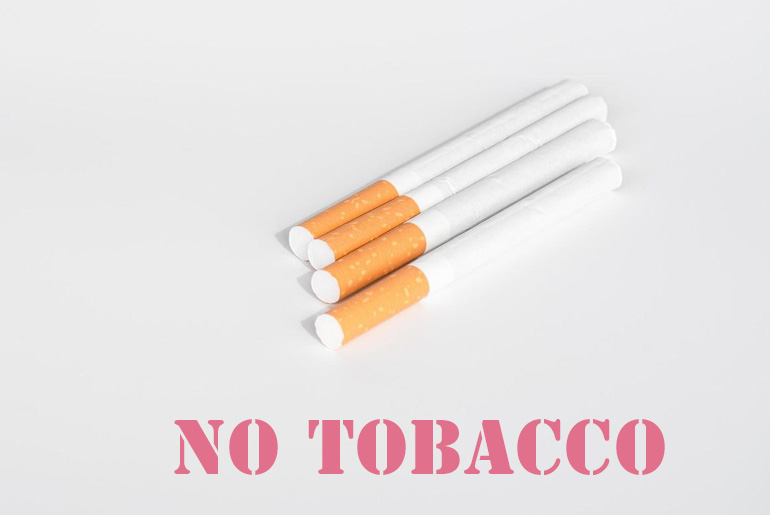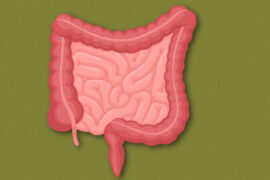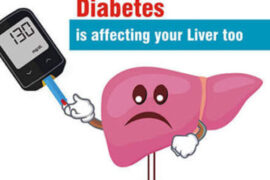Smoking poses a significant threat to the health and wellbeing of both smokers and those around them, particularly young children. Secondhand smoke exposure can have severe consequences for infants and toddlers, compromising their respiratory health and increasing the risk of life-threatening conditions. In the lead-up to World No Tobacco Day on Friday, May 31, 2024, health experts emphasize the urgent need for smokers to quit in order to protect the wellness of children in their care.
Secondhand smoke takes a severe toll on the overall well-being of children who tend to live with or around smokers. Secondhand smoke consists of the smoke released from a cigarette and exhaled by a smoker. It contains dangerous chemicals that can be especially harmful to children, whose lungs are still developing. Even children whose parents smoke only outside are at risk, as the chemicals in secondhand smoke linger. Long-term exposure to secondhand smoke causes a variety of illnesses and can even be fatal for young, vulnerable lives. World No Tobacco Day eliminate this exposure is to quit smoking entirely.
Harmful effects of passive smoking on child health:
Exposure to secondhand smoke poses significant health risks to infants and children, contributing to various health complications:
- Sudden Infant Death Syndrome (SIDS):
Babies exposed to secondhand smoke have a higher risk of Sudden Infant Death Syndrome (SIDS) during the first year of life compared to those not exposed. SIDS is a tragic and unexplained death of an apparently healthy infant, and secondhand smoke exposure increases its likelihood.
- Weak Lungs and Respiratory Distress:
Infants exposed to secondhand smoke may develop weaker and more sensitive lungs, leading to respiratory distress. Symptoms can include coughing, excess phlegm, wheezing, and breathlessness. These children are more prone to respiratory infections such as bronchitis and pneumonia due to compromised lung function.
- Asthma and Bronchospasml:
Passive smoking is a significant trigger for asthma episodes in children and can increase the incidence of childhood asthma. Children exposed to secondhand smoke may require inhalers to manage their symptoms. Additionally, exposure to smoke can cause bronchospasm, leading to restricted airflow in the lungs and exacerbating respiratory issues.
- Hyperactive Airway Disease:
Secondhand smoke exposure can cause asthma-like breathing difficulties even without an official diagnosis of asthma. This condition, often referred to as hyperactive airway disease, is characterized by swelling of the bronchial tubes, making it challenging for the child to breathe normally.
- Other Health Problems:
Children exposed to secondhand smoke may also experience a range of other health issues, including an increased risk of lung cancer, eye irritation, sore throat, cardiovascular disease, headaches, ear infections, and nose irritation. Timely intervention is necessary to address these health concerns and mitigate their impact on the child’s well-being.
- Influence on Smoking Behavior:
Furthermore, children who grow up in environments where smoking is prevalent may perceive smoking as acceptable behavior and are more likely to take up the habit themselves in the future. This underscores the importance of creating smoke-free environments to protect children’s health and discourage smoking initiation.
Effects of smoking during pregnancy and fetal health:
Exposure to secondhand smoke during pregnancy can have severe repercussions for both the mother and the developing baby. Here are the key complications that can arise:
- Low Birth Weight, Premature Birth, and Stillbirth:
Mothers exposed to secondhand smoke during pregnancy are at a heightened risk of experiencing complications such as low birth weight babies, premature birth, and stillbirth. These babies are often extremely weak and more susceptible to chronic infections. The effects of passive smoking can also extend to cognitive development, potentially impacting the child’s overall well-being and learning abilities.
- Growth Restriction in Babies:
Smoking disrupts blood flow to the placenta, which is crucial for delivering oxygen and nutrients to the fetus. This disruption can lead to intrauterine growth restriction (IUGR), causing the baby to develop more slowly and potentially leading to long-term developmental delays.
- Respiratory Issues:
Children exposed to secondhand smoke are more prone to respiratory problems. These can include an increased incidence of respiratory infections, asthma, and other chronic lung conditions. The harmful particles and chemicals in secondhand smoke can damage the developing lungs of the fetus and continue to affect the child’s respiratory health after birth.
- Ear Infections:
Secondhand smoke exposure is also linked to a higher risk of middle ear infections in children. These infections, also known as otitis media, can cause pain, hearing problems, and in severe cases, complications that might require surgical intervention. The smoke can irritate the Eustachian tubes, leading to fluid buildup and infections.
It is imperative to quit smoking and keep the home smoke-free on this World No Tobacco Day. Don’t allow any relatives or visitors to smoke at home. If you have nannies, babysitters, and daycare staff then ensure they don’t smoke. If you are going out with your baby or child, choose a Go smoke-free restaurant, it is a good idea to avoid visiting places that allow smoking. Educate your child regarding the dangers of smoking and second-hand smoke to improve their quality of life.
Disclaimer:
The information contained in this article is for educational and informational purposes only and is not intended as a health advice. We would ask you to consult a qualified professional or medical expert to gain additional knowledge before you choose to consume any product or perform any exercise.








